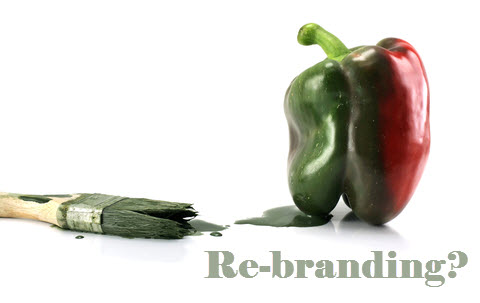Modern Challenges to Brand Development
Strategic Brand Development is driven in part by changing customer needs, emerging technologies and competition. With both the fragmentation of communications channels and the ease of crossing borders and entering markets, it is more difficult than ever to create and maintain a brand that is meaningfully differentiated in the mind of the customer.
Most companies tend to be invested tactically in maintaining the relevance of their Brand by creating and using a variety of tools like case studies, product campaigns and seasonal promotions. Many also develop team exercises to build skills and build on "best practices" as part of an effort to create or renew a differentiated brand promise, but these also can put a strain on a team as they try to learn how to developing new points of difference without the alignment necessary to deliver on the promise.
developing new points of difference without the alignment necessary to deliver on the promise.
Avenues to Explore and Dead Ends
Marketing teams that are able to pull these efforts together and target them successfully can deliver the knowledge and tools needed to deliver a unique brand promise that helps drive revenue and profit growth. Where do some of these revenue and profit growth opportunities typically exist? Most of this list should be a familiar one:
- “White space” (or "Blue Ocean") opportunities - Needs which are not met and overlooked by the competition.
- Development of a better proposition that fits your brand and your company.
- Creation of meaningful differentiation for new ways to grow your brand.
- Evaluation of specific marketing tools to create real brand value.
- Exploration of features, tactics and other support options that deliver on the brand experience.
- Develop a new brand promise for your brand using the methods and tools from the workshop.
But somewhere along the way traditional thinkers in the room will (eventually) realize that traditional brand marketing is no longer a straightforward exercise in tactics. The old business model has become obsolete and re-defining the branding strategy is a painful source of delay, miscommunication, misalignment and quite frequently, organizational politics. While everyone within the organization means well, internal misalignment internally is a festering sore on a Brand Promise when one part of an organization can't deliver what the public promise is.
Invert Your Thinking, Start With a Customer
The question marketers (and CEOs) need to start asking is about how to make their their branding strategy a Customer-First one. The tug of war between strategy vs. tactics gets more complicated with the new tools where the consumer is now a social marketing force. With the lines now blurred between B2B and B2C, Brands need to learn to navigate a world where everyone takes their consumer mindset to the office every day - what we refer to as "B2Me".
Stepping back and re-examining things from the customer's perspective is something an outside resource can contribute to and make the process simpler and lower the risk before implementing solutions internally. The best branding consultatants understand the current market and how to create a synergy between traditional and new marketing opportunities which come from a changing culture and new technologies.
And the main benefit? Turning things around from the customer's perspective is also the easiest way to cut through legacy business models and fragmented internal organizations.
Getting Help and Outside Perspective
If it is time for your organization to rethink how to organize itself and maximize brand development opportunities that apply across your business, you can benefit from a simple framework and approach outlined in our free download - "The Customer First Business Model" white paper. As a guiding philosophy to organizing your business around the customer experience, it provides a lens with which you can step back and look at your business and every department in it from the perspective of the customer.
Download: "The Customer First Business Model"




